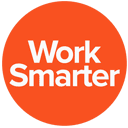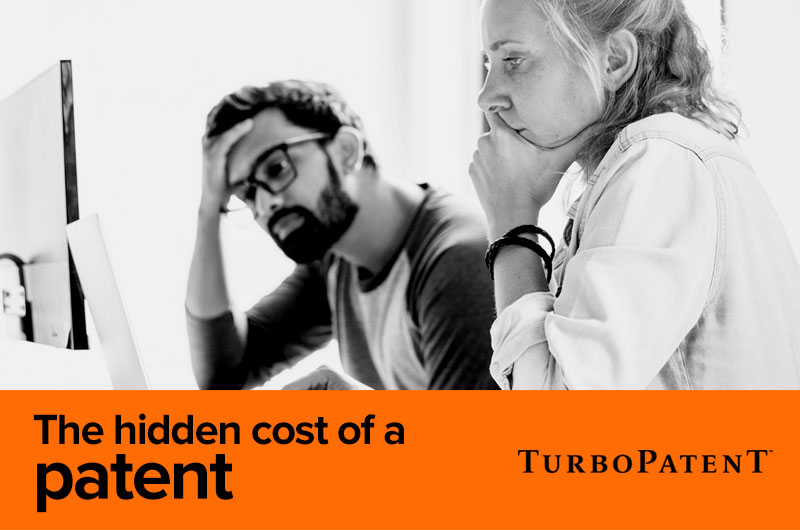The hidden cost of a patent
Lawyers are expensive. Even most lawyers would agree. It’s not uncommon to hear budgeting advice like “take whatever your lawyer just quoted you and double it.” How does that happen? How do you miss an estimate not by 10%, not by 50%, but by 100%?!
Unfortunately, unlike other services, legal services are not entirely within a lawyer’s control.
For example, a painter can paint a wall without needing his work approved and confirmed by a 3rd party (other than maybe the person who hired the painter). Thus, the painter tasked with painting a wall knows the cost will be just the number of hours worked and the purchase of supplies. Contrast this with a patent attorney tasked with getting a patent application approved by the United States Patent Office (USPTO). The patent attorney knows how much it should cost, but because he/she is at the mercy of 3rd-party’s approval (the USPTO), the patent attorney can never be certain how much it will cost.
Drafting the Patent Application – The tip of the iceberg
When filing any patent, the first step is drafting the patent application, which typically costs between $8,000 and $15,000 ($$$). Unfortunately, this upfront cost is often only the tip of the iceberg. The process of filing and getting a draft approved by the USPTO can often be more expensive than the drafting and is not included in a firm’s drafting estimate.
Patent Prosecution – Additional Expenses Abound
The approval process, known as prosecution, accounts for most of the additional expenses. These added costs come in the form of a series of Office actions from the USPTO and Office action responses filed in response by your patent attorney. During prosecution, most patent applications receive around three Office actions but some can be hit with many more.
Here’s how Office actions work —The first Office action from the USPTO is typically a non-final response. You get an opportunity to reply to the Office action without having to pay the USPTO a fee, but patent attorneys charge hourly for preparing the response ($$$), which is your first additional expense usually not covered in the estimate.
Next, if the USPTO examiner does not find the response compelling, you’ll receive another Office action called a final Office action. This will require your attorney to prepare another response ($$$+). Some examiners will permit a response after the final Office action, but typically a request for continued examination (RCE) is required. The fee to file an RCE is often more expensive than the fee to initially file the application ($$) and patent attorneys typically charge for preparing a response to go along with the RCE! Yet another time you are paying the hourly fee ($$$). So, if a patent attorney makes a response that the examiner does not find compelling after the non-final Office action, then the cost of continuing to prosecute your patent has just doubled! There’s your 100%.
If the response with the RCE is not compelling either, then you may receive another Office action and the dance continues until the USPTO finally allows the application or you decide to quit and go home.
Thus, the real cost of getting a patent is accounted for during prosecution and can be several times more than the original estimate to draft and file your patent application.
Take Steps to Limit Office Actions
The USPTO’s approval is not completely arbitrary. Thus, it is possible to draft an application and respond strategically to make sure an RCE is never required. An experienced patent professional can be fairly certain as to how a patent examiner will respond to a particular application and what arguments will be most compelling.
At TurboPatent, we’ve gone one step further and, in addition to experience, we use our trained A.I. model to help us simulate and predict how an examiner would respond to applications we write and arguments we make before filing (that is, before you have to pay). This makes a huge difference. The USPTO average is roughly 2.5 Office actions per allowance (which means an RCE was required), while TurboPatent averages less than 2 Office actions per allowance (which means no RCE) Also, we offer fixed pricing (not hourly), giving you visibility into the true cost of Office action responses.
The hidden costs of Office action responses and RCEs are important to keep in mind when comparing legal costs. If the draftsman isn’t informed (by experience, technology, or both) then you could be setting yourself up for a long exchange of Office actions, responses, and RCEs that make your costs skyrocket.
If you’d like more information about how TurboPatent uses human draftsmen and A.I.-assisted tools to draft patent applications with higher chances of allowance and fewer Office actions before allowance, watch our video.





